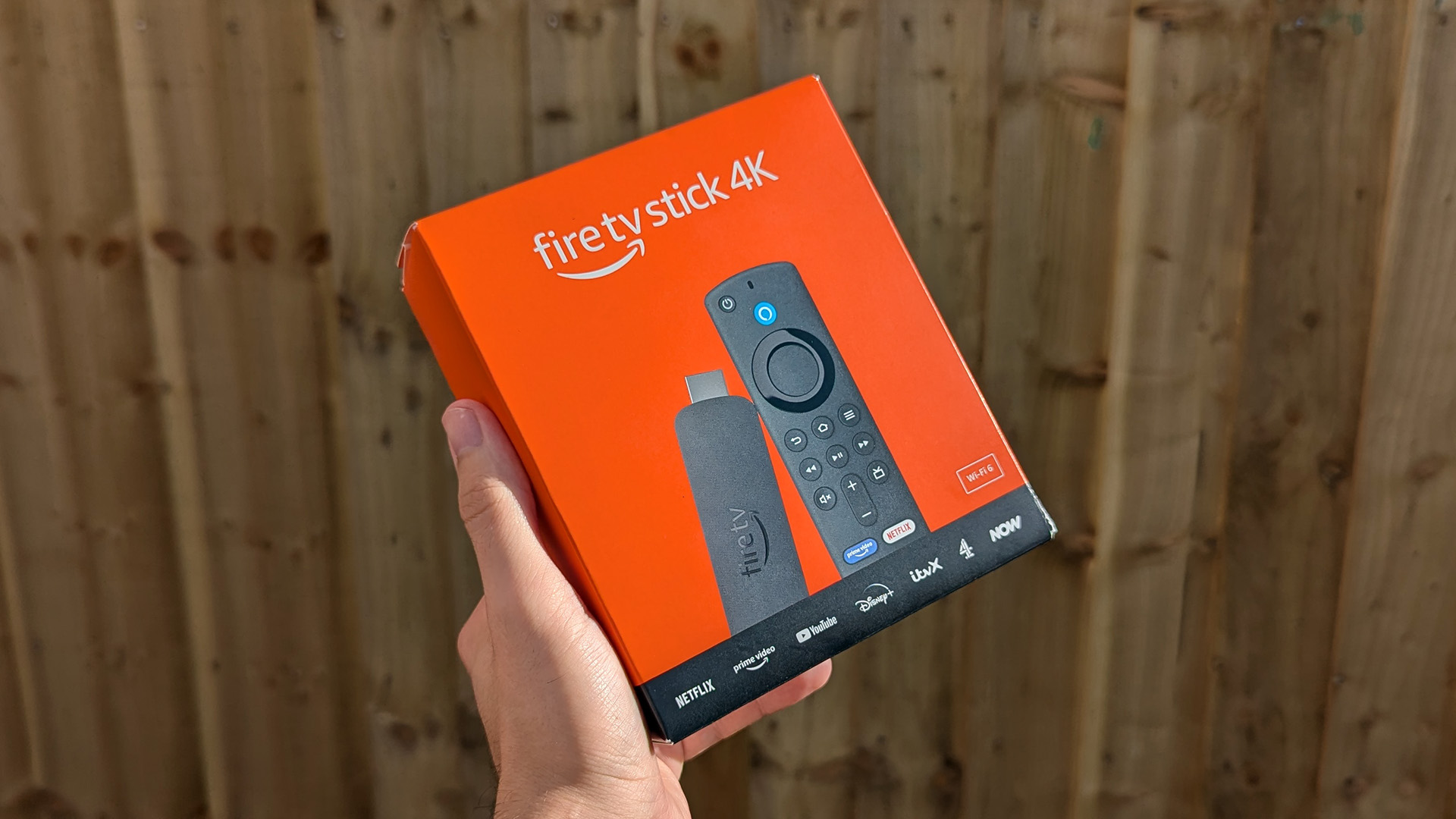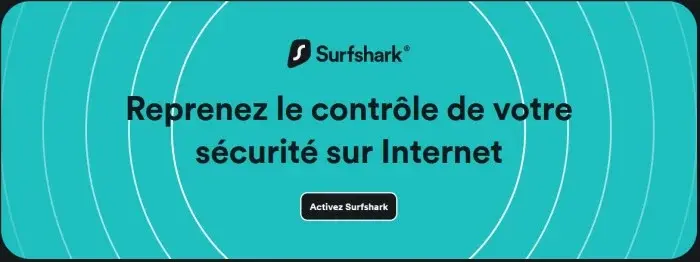I'd buy this Amazon Prime Day bundle to unlock 400+ Xbox Cloud Gaming titles at 17 cents each — if I didn't own it already
Amazon Fire TV Stick 4K boxed held in front of a wooden background

Amazon Fire TV Stick 4K boxed held in front of a wooden background


If you think just about the Nothing.tech company ethos of bringing fun back to tech while still being design-driven and meaningful, that ethos can apply to pretty much any category of product. Sure, Nothing’s best known for their earbuds, phones, and even other accessories like the CMF Watch Pro… so here’s a proposition – what if we took Nothing’s ethos and brought it to other products that are a bit of a visual afterthought? The robot vacuum, for instance, is a fairly ‘boring’ looking product. Its job is literally to scuttle around the house cleaning up after your mess, so for the most part, its design is driven by function rather than expression. However, by bringing the robot vacuum under the Nothing design umbrella, Soo Hyun Lim and PDF HAUS have uplifted an otherwise dull-looking appliance into something that inherently feels more modern – because it borrows its design cues directly from Nothing’s modern-looking smartphones.
Designers: Soo Hyun Lim & PDF HAUS

Meet the Nothing Robot Vacuum (1), a tongue-in-cheek fan-made concept that ports Nothing’s DNA onto a familiar product template. Most robot vacuums are the same shape and size, so how could you possibly make things interesting? Well, LEDs and transparent covers, of course! The Robot Vacuum (1) has a circular profile that’s then outfitted with a transparent D-shaped outer shell, giving it an almost ‘preserved in glass’ kind of look. Sensors are where they belong (on the front as well as on the top), and although you can’t entirely make a robot vacuum transparent, what with all the dust and dirt, Hyun Lim does something clever by bringing the Glyph Interface to the product. What does the interface do? Well, it acts as a progress bar that lets you know how much cleaning’s left. Similarly, Glyph lights on the vacuum’s docking station light up to indicate charging process as well as letting you know the fill-status on the station’s dustbin, so you know when to throw the trash out every week or so.


With the aesthetic appeal of a fancy turntable, the Nothing Robot Vacuum (1) highlights a kind of Bauhaus-meets-Scandinavian minimalism that companies like Bang&Olufsen have come to showcase so well with their products. The vacuum looks classy, not appliance-y, which is quite a win because of how menial its task actually is. I mean, sure some appliances have boring jobs, like thermostats and dehumidifiers, but that’s no reason they should look ‘boring’, right? Well, the Nothing Robot Vacuum (1) rejects that stereotype.

As far as the design goes, the vacuum comes in 3 colors – black, white, and grey. Just from a top view, you instantly recognize the Nothing design template. The Glyph Interface at the 7 o’clock position, the transparent elements along the body, and a radial pattern on the upper half of the circular top that sort of resembles the coils in the wireless charging zone on the smartphones. It’s simple, yet cleverly executed.


Just like with the phones, you’ve got microtextures galore, along with text screen-printed onto the transparent elements like the upper guard (that prevents the sensors on top from being damaged), and the front transparent bumper that helps the robot vacuum easily maneuver into corners. Moreover, Hyun Lim mentions that the vacuum is constructed from recycled plastic and aluminum, which seems like a nice sustainability touch that goes well with the ‘clean’ image of the vacuum cleaner.


Although conceptual, Hyun Lim does give the robot vacuum a fair bit of detail. You’ve got a rotary broom on the front, along with a vibrating wet mop that helps get grease, grime, and other stains off your floor. The simple design is complemented by a simple UX – you can lift the lid to access the robot’s power button or open its water reservoir to replenish it between cleaning sessions. The sensors on the front and top help the vacuum navigate through the house, while an app on the phone gives you all the controls you need to set schedules, paths, no-go zones, and charging times. Plus, when the robot vacuum runs low on juice, it automatically goes and docks in its station, where the battery gets charged and the dust-tank gets cleaned.


The docking station is just as minimal as the vacuum itself, and serves as a place where your appliance goes to take a pit-stop. Once docked, the Robot Vacuum (1) charges its batteries, while performing a self-clean operation so it’s good to go for round 2. This means the mop head gets cleaned with water, and the dust/dirt tank gets disposed into the docking station’s larger ‘dustbin’. When the dustbin gets filled (after a couple of days of cleaning), all you need to do is empty the trash bag inside and replace it with a new one. That’s where the docking station’s Glyph lights come handy, letting you know your vacuum’s charging rate, along with the dustbin’s current capacity.

Although the Robot Vacuum (1) is purely conceptual at this point, it does prove that Nothing’s approach to redefining technology as ‘accessible fun’ is quite a winning and versatile one. The Robot Vacuum (1) doesn’t exist but there’s no reason it shouldn’t. Carl, you listening?

The post The Nothing Robot Vacuum (1) brings transparent tech to Smart Homes, along with a Glyph Interface first appeared on Yanko Design.

— Article en partenariat avec Surfshark VPN —
Comment ça va de votre côté ? On se prépare doucement à la pause estivale ? En ce qui me concerne, j’en termine déjà avec le premier mois de mon trimestre de pause … ça file à une vitesse ma bonne dame, c’est dingue ! Mais s’il y en a qui ne prennent jamais de repos, ce sont bien les espions à l’affut de nos données.
Au travers de mes précédents articles, j’ai déjà fait le tour de pas mal d’outils, objets et services qui nous surveillent en quasi permanence. Les voitures intelligentes par exemple, ou les applications d’IA ainsi que celles dédiées au shopping. Bref tout ce qui stocke de la data personnelle est susceptible de fuiter ou d’être utilisé à vos dépens et sans votre autorisation. Le plus souvent c’est « seulement » pour vous bombarder de pubs ciblées, mais parfois c’est plus dangereux que cela (escroquerie, vol d’identité …). Et comme je l’ai montré dans ces mêmes articles, cela arrive de plus en plus fréquemment, la data numérique étant la nouvelle manne financière d’un pan entier du web.

Aujourd’hui on va s’intéresser à quelque chose d’autre : les maisons intelligentes. Car vous le savez aussi bien que moi, nous avons de plus en plus d’objets du quotidien connecté via des applications (IoT). Quelques exemples ? Brosse à dents, montre connectée, aspirateur robot, porte de garage, système de surveillance, machine à café, frigo, système de chauffage ou d’éclairage, volets de fenêtres ou encore les classiques assistant virtuel type Alexa. Alexa qui fête déjà ses 10 ans cette année, le temps passe vite ma bonne dame ! (je sais, je me répète, c’est l’âge … le temps passe vite ma …).
Surfshark nous a pondu une étude sur la question et épingle notamment Google et Amazon comme les plus avides de nos données (quelle surprise Sherlock). Mais ils ne sont pas les seuls puisque la majorité des quasi 300 applis testées récoltent et stockent diverses infos comme vos noms, votre email, vos interactions avec le produit (heures & Co) ou encore votre localisation précise. Infos qui vont aller gonfler nos profils chez les centaines de courtiers en données dès qu’elles se retrouveront dans la nature.
Amazon Alexa est de loin la pire de toutes, collectant 28 données différentes sur 32 analysées … qui, en plus, sont directement liées à votre identité personnelle. Au calme. Google fait un peu mieux, avec « seulement » 22 données récupérées (adresse, photos et vidéos, données de santé …). L’une des catégories les plus touchées ce sont les caméras de sécurité … qui ne font donc pas que surveiller les voleurs, mais les habitants de la maison eux-mêmes. On a aussi dans la liste des jouets connectés pour enfants (décidément après les applis mobiles pour gamins, ils ne sont jamais tranquilles nos mouflets). Vous pouvez retrouver tout le détail de l’étude sur cette page, si vous voulez creuser un peu par vous-mêmes.
Bon vous allez me dire, en quoi est-ce problématique ? Je n’ai rien à cacher ! (hahaha … OK boomer). Ces gadgets collectent vos données, augmentant ainsi votre empreinte digitale, et parfois utilisent ces mêmes données pour afficher des publicités ciblées. Chiant, mais pas mortel. Au niveau de la sécurité, le risque de mauvaise gestion ou de fuites de données augmente, car les données sont distribuées à travers plusieurs bases de données. Qui finiront pas fuiter, se faire hacker ou être revendues à des datas brokers. Ce qui arrive quotidiennement.
Prenons un exemple concret : vous avez installé une caméra de sécurité pour filmer si quelqu’un entre par effraction chez vous. Jusque là rien de spécial. Mais si cette caméra vous enregistre vous en train de tondre votre pelouse à moitié à poil et que la vidéo finit dans les mains d’un hacker quelconque … là c’est une autre histoire. Imaginez l’intimité du chef de l’Internet révélée aux yeux du grand public. Le monde n’est pas prêt.
Maintenant, comment lutter contre ce fléau ? Et bien déjà en se posant la question de savoir si l’on a vraiment besoin de ce type de gadget. La caméra si vous êtes dans une zone à risque ça peut avoir du sens. La brosse à dents ou la machine à café connectée … ce n’est peut-être pas vital. Ou au moins, essayez de trouver une alternative open source (pour creuser le code et voir comment elle fonctionne vraiment) et moins avide de tout savoir sur vos habitudes.

Prenez également le temps de mettre à jour les paramètres pour limiter au strict minimum ce que vous partagez. Si votre aspirateur robot a besoin du microphone ou que votre air fryer dispose d’un accès caméra, posez-vous des questions ^^ Pensez aussi à sécuriser vos connexions Wi-Fi et chiffrer tout votre trafic. C’est là que va intervenir Surfshark, l’un des plus réputés du marché que je vous recommande depuis des années. Il vous évitera de voir vos flux de données interceptés par un tiers, ou tout du moins de les rendre inexploitables si cela devait arriver. Je ne vous refais pas la présentation des multiples intérêts de l’outil, je l’ai déjà fait dans ma présentation de Surfshark VPN.
Surtout que vous pouvez en bénéficier au prix d’environ 71€ pour 27 mois (moins de 2.65€/mois) avec l’abonnement 2 ans. Ou opter pour la boite à outils complète Surfshark One (avec l’antivirus, la surveillance de fuites & co) pour à peine plus cher (3.23€/mois). Pas cher payé le prix de tranquillité d’esprit.
